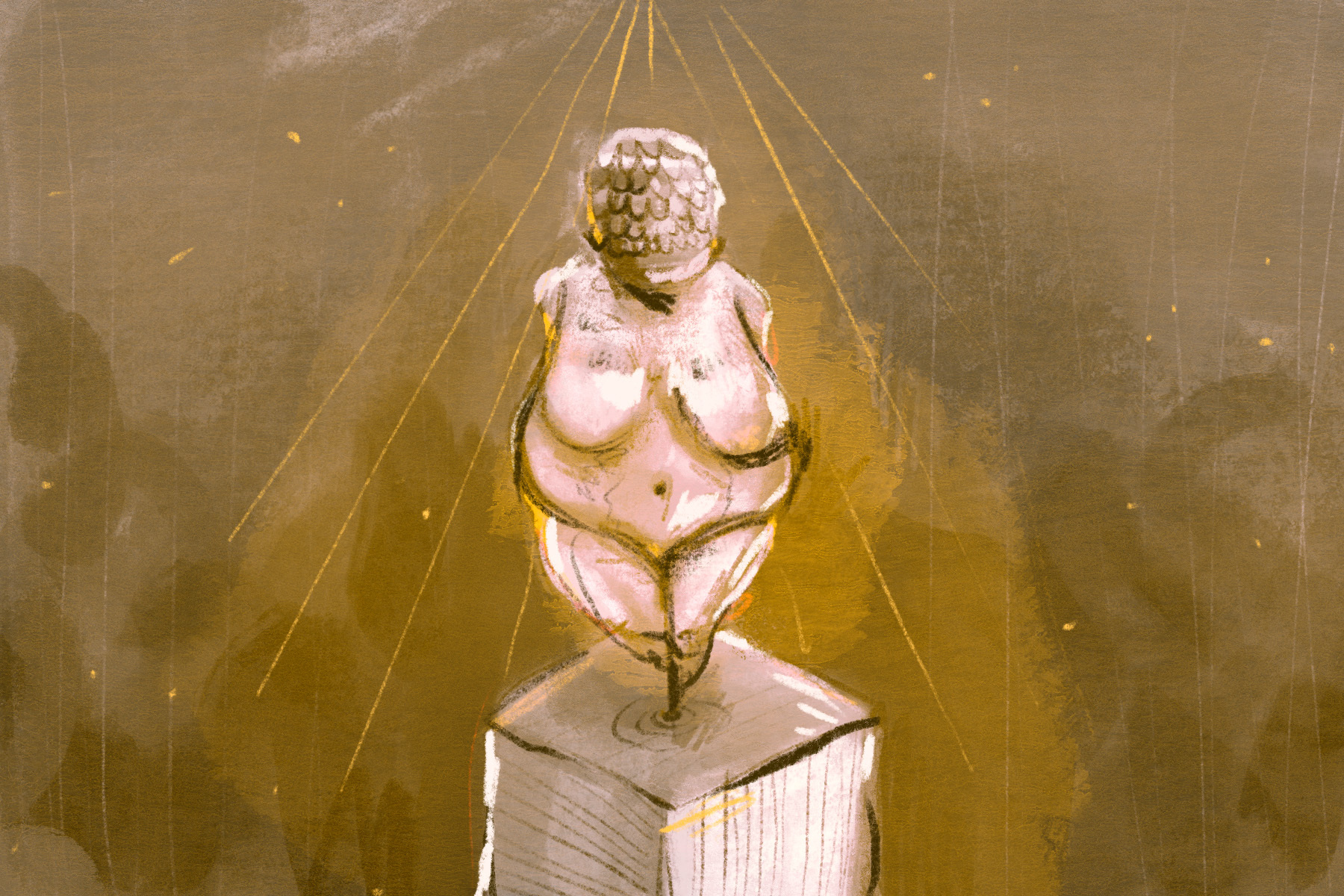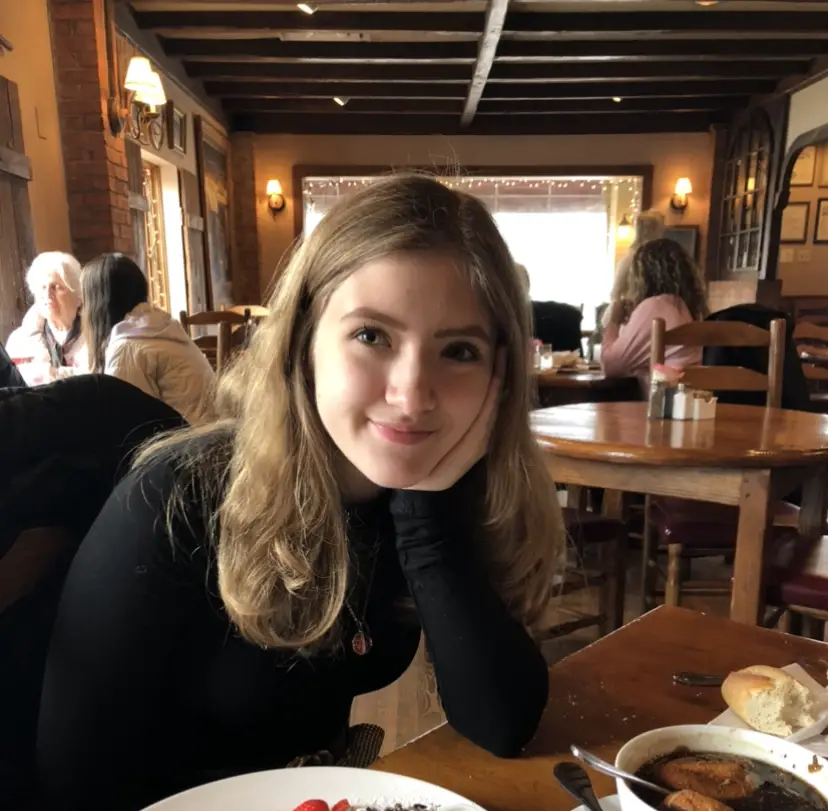You can hold most Venus figurines in the palm of your hand. They are small, normally ranging from 2.5 to 10.5 centimeters, and smooth to the touch, characterized by rounded bodies to the point of distortion. Often faceless, the paleolithic statuettes are a mystery of the ancient world. Their creators, usage and meaning can only be theorized as they originate from a time before written record.
Art historians have been captivated by these prehistoric, Eurasian figurines for decades and now Venus figurines have captured more than just the attention of the art world. Discourse surrounding the origins of the early artform has seeped into the general public.
YouTuber and anthropologist Stefan Milo, who uses his online platform to discuss the wonders of archaeology and human evolution, brings attention to the intrigue of Venus figurines, or as he calls them, “voluptuous ladies.” Likewise, various other history YouTubers and even the popular channel TopTenz have created content regarding the puzzling nature of the curvy statuettes.
On TikTok, Twitter and Instagram, art and history enthusiasts give their own ideas and opinions about the who, what, when, where, why and how of Venus figurines. Female empowerment takes center stage in these analyses. In one TikTok with over 110,000 favorites, @middlermanon “wows” over the recent theory that proposes Venus figurines were, in fact, sculpted by women of the paleolithic era and crafted in their makers’ likeness. The distortions of the small statues’ body proportions are thus said to be a side-effect of their creators looking downward at their own bodies rather than using models.
@middlermanon Me: *thinks about the Venus of Willendorf again* 🥰#arthistory#funfact#theory#art#arttok#croodtok#history#AerieREAL#GetCrocd
Similar videos share images of the Venus of Willendrof, which is the most famous Venus figurine, attesting that the statuettes were symbols of womankind’s divinity. Possessing the ability to create and carry new life along with menstrual cycles that mimic the cyclical patterns of nature (such as the phases of the moon), the female form was likened to Mother Earth. Therefore, some experts postulate that Venus figurines may have been a vehicle for honoring the divine feminine.
The models, named after the Roman goddess of love and fertility, Venus, are not only popular for their academic appeal. They are also exquisite works of art that can be appreciated for their aesthetic novelty. Feminists on the internet have done just that.
Adorned by leaves and the buddings of new life stands a contemporary take on the Venus of Willendorf; but what makes this depiction of the famous statuette modern and fresh isn’t its darkly sketched lines nor its use of foliage. This Venus of Willendorf is a tattoo.
Australia-based tattooist Lily Collard is one of many artists from around the world using ancient art, notably Venus figurines, as inspiration for their work. Venus of Willendorf along with her curvy counterparts have been fashioned into jewelry, candles, pots and countless other commercial goods.
Gina Jiang, Kimberly Falk and Gabby Segura are three women with jewelry-focused small businesses who sell Venus figurine necklaces and pendants. Likewise, the Etsy store GoldeeWolff lists Venus sculptures encrusted with crystals (for healing purposes) for sale on her account page. A Germany-based business SandrasFoermchenshop even sells Venus of Willendorf casting molds so that buyers can make their own ancient art-inspired soap at home.
And consumers are eating it up.
In response to the uptick in Venus figurine popularity, ordinary social media users have taken to making their own renditions of the timeless statuettes. Venus of Willendorf has since been reimagined through the mediums of pencil and paper, clay and even yarn. Every work inspired by Venus figurines is uniquely accented by each artist’s personal touch and yet, there is also an enduring quality of glorious femininity that connects them all.
This unyielding feminine energy bestows strength and ageless charm upon Venus figurines of all forms and configurations. Whether the theories that the statues are woman-made self-portrayals are true or not, Venus figurines possess a sense of emotionality and intimacy that evokes the female gaze.
Just as movies and TV series like “Fleabag” and “The Love Witch” are emblematic of the female gaze, so too is the Venus of Willendorf. Unabashedly wearing their bodies, Venus figurines do not cower in the face of their beholders. They are solid and resilient, standing the test of time. Yet they are also soft and vulnerable, conjuring an image of human nature that transcends history and difference.
As such a symbolic icon, Venus figurines fit perfectly in the cultural space many young Americans are trying to fill in terms of their style and self-expression. The statuettes are a feminist symbol of body positivity, female expression and female power. This is also quite similar to other trends that revere the female form such as the internet’s obsession with Greek goddess statues. Likewise, Venus figurines are ancient and allude to the breadth and magnitude of human history. Just as many decorate their homes with classic Roman architecture and their necks with early Roman coins, modern depictions of the Venus of Willendorf make an exemplary medium for bringing the prehistoric world back to life in the contemporary era.
2020 and 2021 have been difficult years. Stuck inside our homes, we have turned to art to entertain us during our spells of boredom and to inspire us when we become disillusioned with the chaos of the world around us. Through art, especially the art of ancient times, we find a sense of continuity and community. Venus figurines are stunningly beautiful, unapologetically womanly and historically pertinent, but the bulk of their appeal does not stem from those things. Most importantly, Venus figurines are human. Distorted and faceless but human, nonetheless.
At a time when the rest of the world feels distant, hidden behind masks and closed doors, art like the Venus of Willendorf unifies humans everywhere. Wearing her on your neck, painting her at your studio and crafting her into candles are but methods to hold the human experience a bit closer to our hearts and minds.













